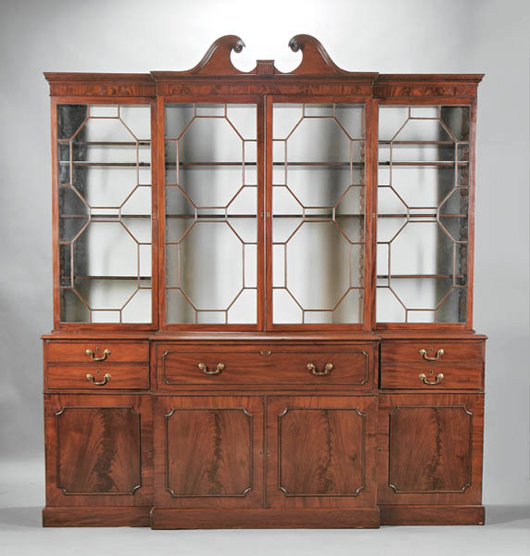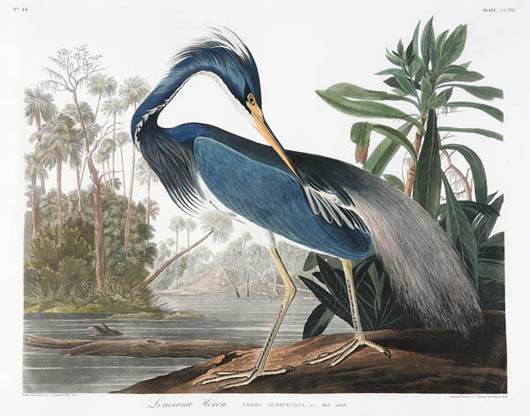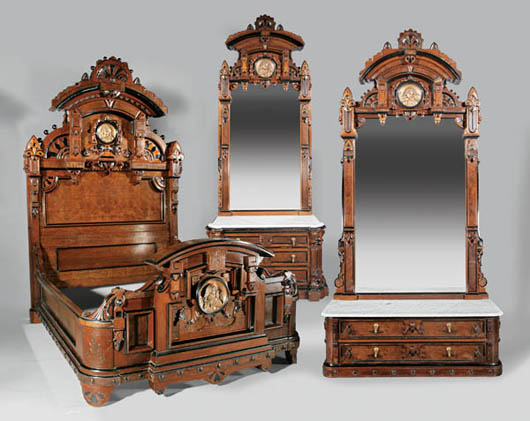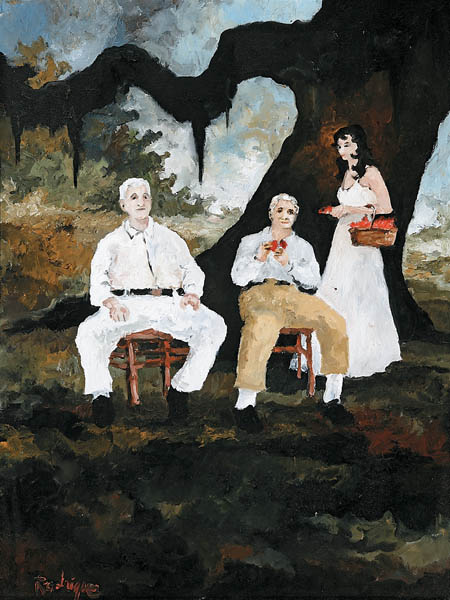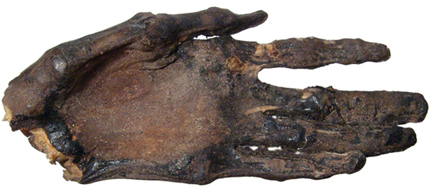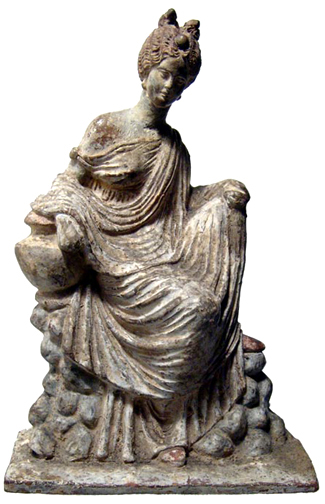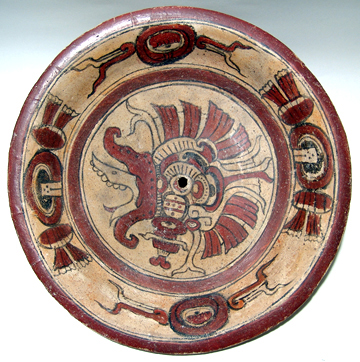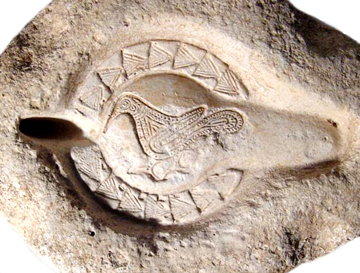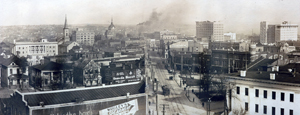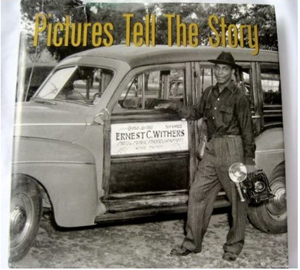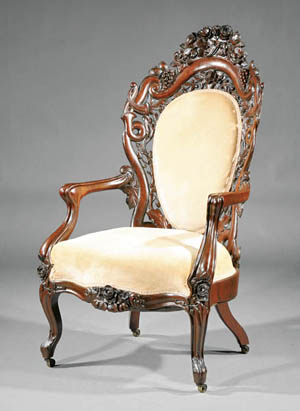
NEW ORLEANS – More than 1,000 lots of 18th- and 19th-century American, French and English antiques, Southern paintings, historical material and decorative arts will be offered by Neal Auction Co. at its Sept. 11-12 auction. LiveAuctioneers will provide Internet live bidding.
Consignments include the circa 1886 contents of 946 President St. in Brooklyn, N.Y.; property from the collection of Dr. and Mrs. John William Boor of Philadelphia; an important collection of natural history, botanical and historical prints and maps; property from the historic Capt. T.P. Leathers House, 2027 Carondelet St, New Orleans and property sold for the benefit of the Museum of Fine Arts, Houston.
Saturday’s auction, which begins at 10 a.m. Central, will be conducted at Neal’s gallery at 4038 Magazine St.
Heading an extensive list of Audubon prints is the Louisiana Heron plate from his Birds of America, Havell edition. The hand-colored aquatint engraving is expected to sell for $80,000-$120,000.
A two-volume set of The Natural History of Carolina, Florida and the Bahama Islands by Mark Catesby (1683-1749), bound in modern calf with gilt and modern red cloth cases, contains 220 hand-colored engraved plates of “Birds, Beasts, Fishes, Serpents, Insects and Plants.” Published in 1771 by Benjamin White, London, this third edition carries a $200,000-$300,000.
Furniture highlights include an important Rococo carved and laminated rosewood armchair attributed to John Henry Belter of New York. In the pattern known as Fountain Elms, the high-back upholstered chair has a $12,000-$15,000 estimate. A Renaissance carved and ebonized walnut bedroom suite attributed to Allen & Bro., Philadelphia, consists of two mirror-backed dressing chests and a monumental bedstead. The three-piece set dates to the 1860s and is estimated at $25,000-$35,000.
Sunday’s auction, which begins at 11 a.m. Central, will be conducted at Neal’s location at 3923 Carondelet St.
A highlight that day will be a good George III mahogany breakfront bookcase, circa 1780, which carries a $20,000-$30,000 estimate. A carved mahogany four-piece bedroom suite, late 19th century, is labeled “R.J. Horner & Co. Furniture Makers.” Consisting of a large bed, tall chest with mirror, large dresser with mirror, and a dressing table with a three-part mirror, the set in its original finish has a $10,000-$15,000 estimate.
For details call Neal Auction Co. at 800-467-5329. For an artist index visit Neal Auction’s Web site at www.nealauction.com .
ADDITIONAL LOTS OF NOTE
